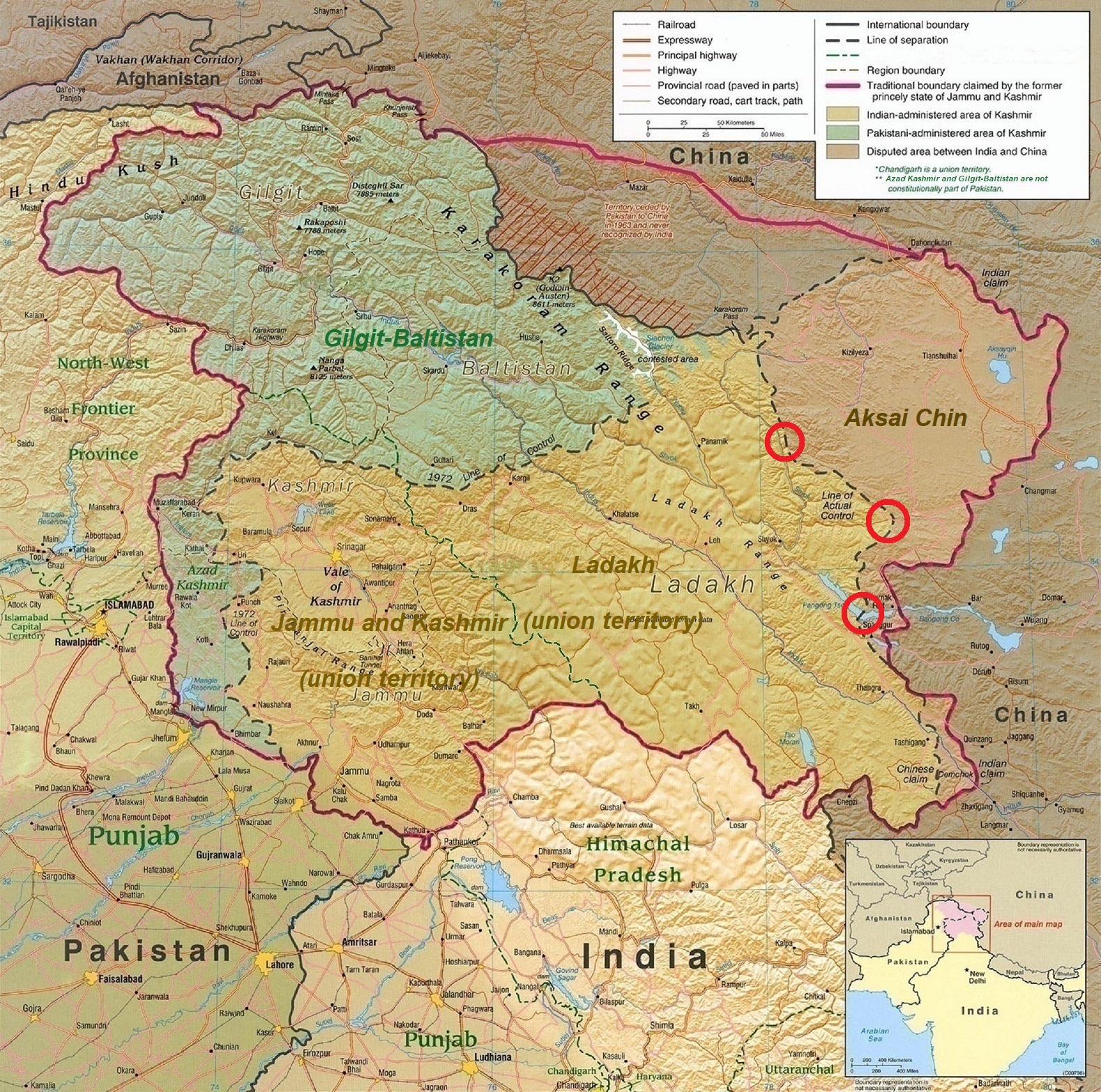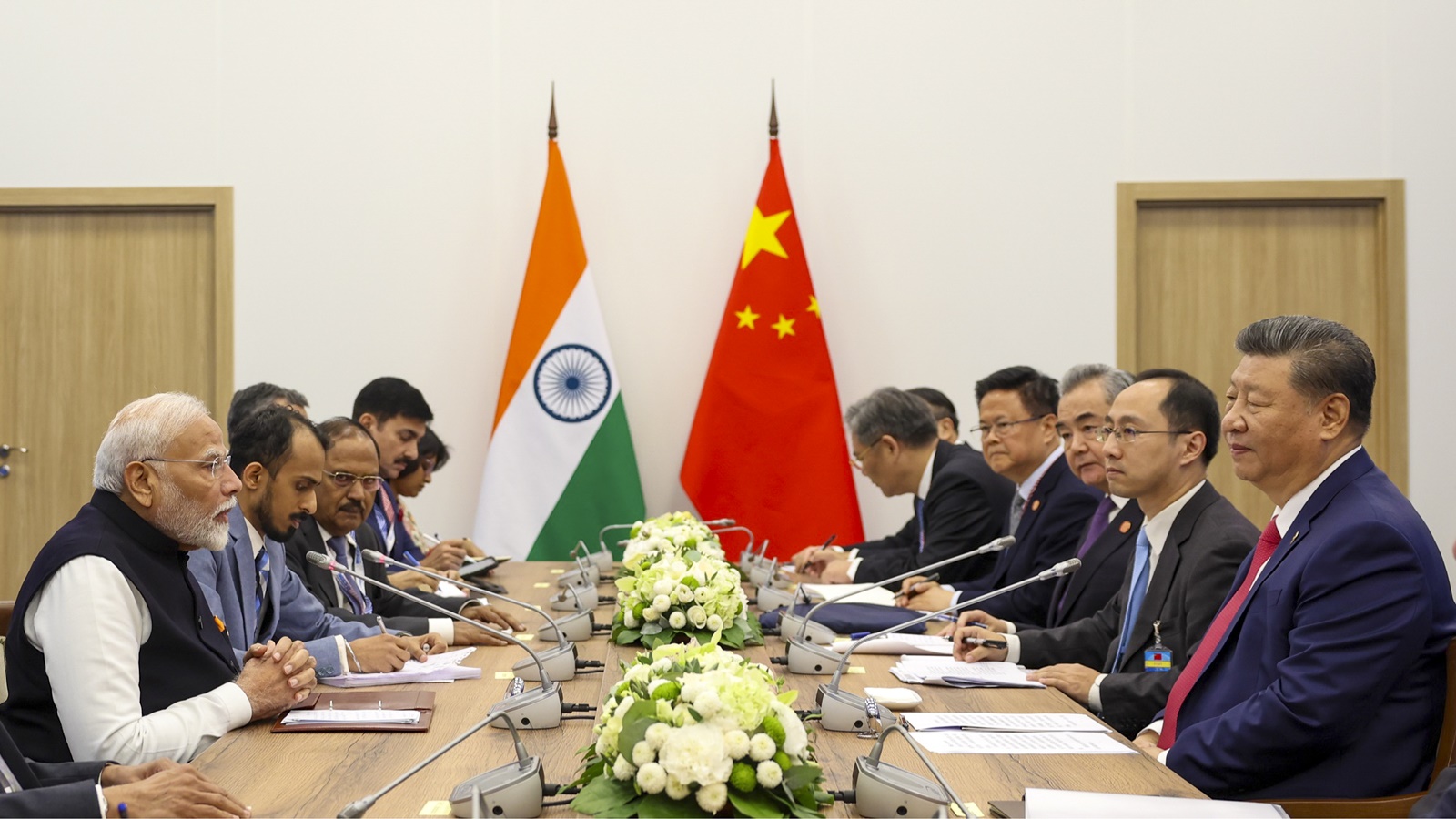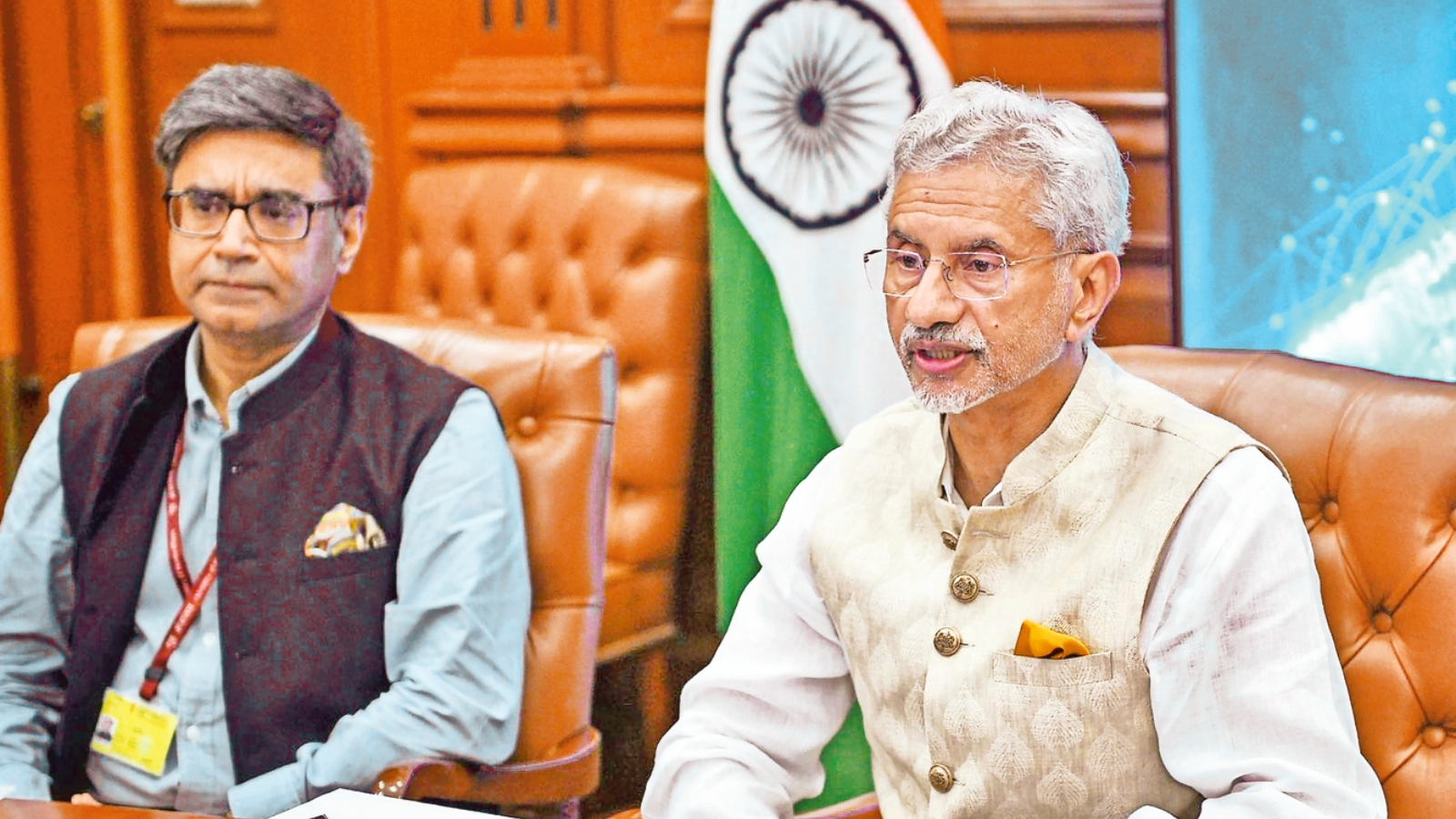
A New Chapter of Cooperation After Military Breakthrough
In a significant diplomatic move, Indian Prime Minister Narendra Modi and Chinese President Xi Jinping held their first bilateral meeting in nearly five years during the BRICS Summit in Kazan, Russia. This marked a crucial moment in India-China Bilateral Cooperation as the two leaders discussed de-escalating tensions. The meeting followed a major military breakthrough, with both sides reaching an agreement on patrolling along the Line of Actual Control (LAC) in eastern Ladakh, a vital step toward resolving the standoff that began in 2020.
A New Milestone in India-China Relations
The India-China relationship has been strained ever since the border conflict in Ladakh escalated in 2020, culminating in a deadly clash in the Galwan Valley, where 20 Indian soldiers lost their lives. This marked a turning point in bilateral ties, leading to increased military presence along the LAC and heightened diplomatic tensions.
However, after several rounds of military and diplomatic talks, both countries have now agreed to ease tensions at two key friction points – Depsang and Demchok. This understanding signifies a step toward restoring peace and stability along the border, with Indian and Chinese soldiers expected to resume normal patrolling activities that were in place before the standoff.

Image Credits: en.wikipedia.org
Diplomatic and Economic Repercussions
This meeting between Modi and Xi, their first formal bilateral engagement since the October 2019 summit in Tamil Nadu, is a major turning point in India-China diplomacy. The two leaders’ discussions signal a shared intent to move past the border conflict and focus on rebuilding bilateral ties. With the disengagement process at the border nearing completion, attention is turning to how this breakthrough can help reinvigorate industrial, trade, and technological cooperation between the two Asian giants.

Image Credits: Maktoob Media
Opportunities for Industrial and Trade Cooperation
China remains India’s largest trading partner, with bilateral trade surpassing $135 billion in 2022 despite the political tensions. The recent agreement to de-escalate tensions opens new possibilities for deeper economic cooperation and a revival of bilateral trade across various sectors. Key industries, including electronics, pharmaceuticals, and textiles, which have strong trade ties between the two nations, are likely to benefit from reduced geopolitical risks.
China is a major supplier of intermediate goods to Indian industries, especially in sectors like electronics and manufacturing. With border tensions easing, smoother trade flows and the removal of trade barriers could pave the way for further industrial collaboration. Both countries can leverage their respective strengths—India’s growing digital economy and manufacturing base, and China’s advanced infrastructure and technological capabilities—to enhance economic growth.

Moreover, there is potential for India and China to explore joint initiatives in infrastructure development, green energy, and supply chain diversification. Both nations have set ambitious targets to address climate change, and collaboration in renewable energy, electric vehicles, and sustainable development could become key areas for bilateral cooperation.
Technological Collaboration: A Win-Win for Both Nations
The breakthrough in military relations also presents an opportunity for India and China to strengthen their technological cooperation. Both nations are emerging as global tech hubs, with India’s IT and software industry and China’s prowess in hardware manufacturing creating the foundation for complementary growth.
Technological collaboration could focus on areas such as artificial intelligence (AI), 5G, cybersecurity, and semiconductors. China is a global leader in hardware production, while India has a burgeoning software industry. By collaborating, both countries can benefit from each other’s strengths and enhance their global competitiveness. Additionally, India’s push for self-reliance in key technology sectors could be supported by Chinese investments in manufacturing and research, provided geopolitical concerns are effectively managed.

Image Credits: Maktoob Media
In the startup ecosystem, both countries have witnessed exponential growth, with several Chinese investors backing Indian startups in recent years. Resuming cross-border investments could help spur innovation and create jobs in emerging sectors like fintech, healthtech, and e-commerce.
The Road Ahead: A Collaborative Future
The bilateral breakthrough on the border front between India and China could usher in a new era of cooperation, provided both nations remain committed to resolving their differences through dialogue. The focus now shifts from military tensions to economic recovery and technological advancement, areas where both countries have much to gain from collaboration.
India’s Foreign Secretary Vikram Misri and External Affairs Minister S. Jaishankar’s remarks about the resumption of patrolling along the LAC reflect optimism about resolving border issues. This sense of optimism can translate into stronger ties in industrial and trade sectors, where stability and mutual trust are critical for long-term partnerships.

Image Credits: indianexpress.com
While geopolitical concerns and competitive dynamics will always be a part of India-China relations, the recent diplomatic engagement is a step toward restoring a sense of normalcy. With both nations aiming for economic growth and technological advancement, a collaborative approach can lead to significant improvements in trade, infrastructure, and innovation.
The recent agreement between India and China to ease border tensions and the bilateral meeting between Modi and Xi Jinping mark a turning point in Indo-China relations. This development not only reduces the risk of future military confrontations but also creates a favorable environment for industrial, trade, and technological cooperation.
As both nations look toward economic recovery and development, collaborative efforts in technology, manufacturing, and trade could set the stage for a more prosperous and peaceful future in the region.
IS360 Can be Reached at
Sharing is caring!

